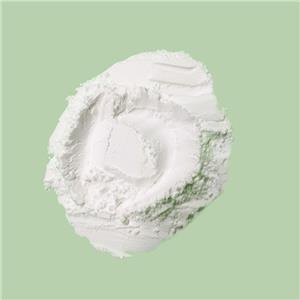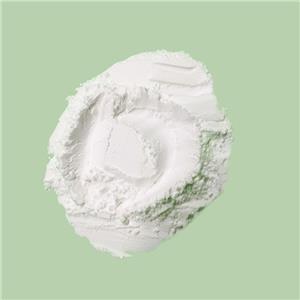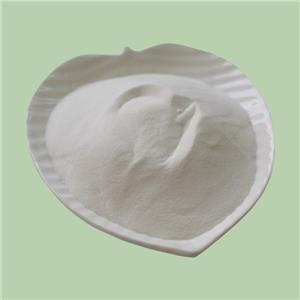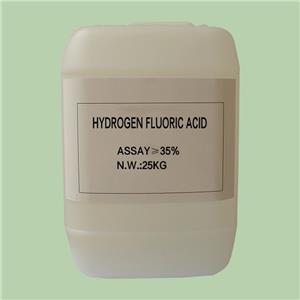Structure and use of barium fluoride
Barium fluoride crystal is an excellent high-density optical material, has excellent scintillation performance, and is also a good buffer layer, which can connect semiconductors with different lattice constants. So what is the structure of barium fluoride? What are the uses of barium fluoride? Let ’s take a look together.
Structure of barium fluoride
Barium fluoride is an alkaline earth fluoride crystal, which is colorless and transparent, and belongs to a cubic system with a face-centered cubic structure. It is a coordination type crystal. Each barium atom is surrounded by eight fluoride ions to form an anionic cubic structure, while F is surrounded by four Ba to form a tetrahedral structure. Ba is densely packed in the cubic lattice.
The solid barium fluoride has a fluorite-type crystal structure and a cubic crystal system. Under high pressure, it transforms into lead chloride type structure.
In the gaseous state, it exists in the form of BaF2 molecules, and the F-Ba-F bond angle is about 108 °, which is inconsistent with the prediction of the mutual exclusion theory by valence electrons. The ab initio calculations show that this is the result of the d orbital participation of the barium atom. There are also some theories that this is caused by the polarization of the electrons in the inner layer of barium, which generates a tetrahedral charge distribution around the barium atoms and interacts with the Ba-F bond.
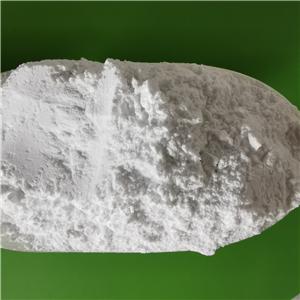
The use of barium fluoride
Barium fluoride is used in the manufacture of motor brushes, optical glass, optical fibers, laser generators, fluxes, paint enamels, and can also be used as wood preservatives and pesticides. Used for making flux, enamel manufacturing;
Barium fluoride is used as a corpse preservative and a solid lubricant. BaF2 crystals are used as ultraviolet or infrared windows and laser materials. Barium fluoride crystals have excellent scintillation properties and fast time characteristics, making them more and more widely used in nuclear medicine, nuclear physics, particle physics, and remote sensing technology. It also has good moisture resistance and high temperature.
Barium fluoride can be used as a window material for devices such as CO2 lasers and the whole machine, and as other optical components. Barium fluoride material can effectively promote the preparation of aluminum-type phosphors, and is used to prepare YAG: CE phosphors in the solid-phase method.
Barium fluoride is also commonly used in cryogenic refrigeration thermal imaging systems and as a substrate for some applications. The barium fluoride molecule does not contain oxygen atoms and is used as a blast furnace ferromanganese desiliconization solvent to achieve a high desiliconization rate and a low manganese oxidation loss rate when the blast furnace ferromanganese desiliconization. Barium fluoride plays a significant role in developing high-temperature superconducting devices. Depositing a layer of barium fluoride on the surface of the superconducting thin film as a protective layer for YBaCuO can maintain the stability of YBaCuO. Barium fluoride has a very wide range of applications and scientific application research value.
The above is an introduction to the structure and application of barium fluoride. I hope that everyone will be helpful after understanding the structure and application of barium fluoride.
- Fluoride Salt
- Ammonium Fluoride
- Sodium Fluoride
- Potassium Fluoride
- Sodium Hydrogenfluoride
- Potassium Bifluoride
- Magnesium Fluoride
- Aluminium Fluoride
- Barium Fluoride
- Lithium Fluoride
- Strontium Fluoride
- Nickel Fluoride
- Zinc Fluoride

